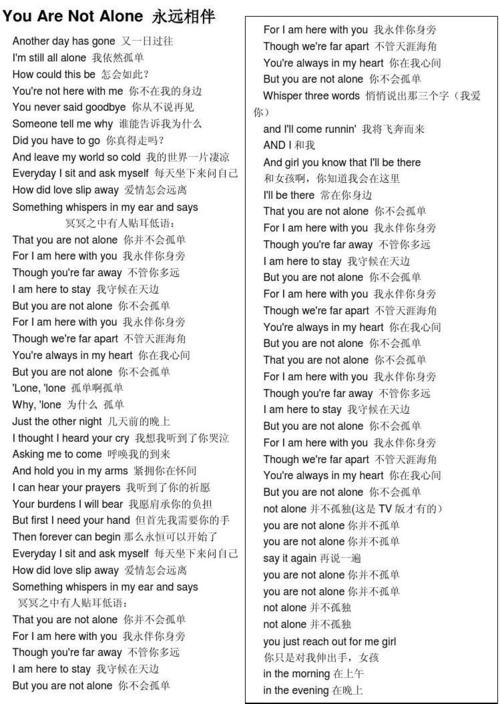Title: Characteristics of Subtitle Translation
Subtitle translation refers to the process of translating spoken dialogues or texts into written form on the screen during a video or film. It plays a crucial role in helping viewers understand and enjoy foreign language content. This article will explore the key characteristics of subtitle translation and provide guidance for effective translation.
1. Brevity and Simplicity:
Subtitle translation requires concise and straightforward language. Due to limited screen space and reading speed constraints, translators must convey the meaning in a condensed form. They should aim for succinct phrases that capture the essence of the dialogue while preserving clarity.
2. Time Constraints:

Subtitles appear on the screen for a limited duration, typically ranging from one to six seconds. Translators must ensure that the translation fits within this time frame, allowing viewers to read and comprehend the text comfortably. This requires efficient sentence structures and eliminating unnecessary details.
3. Synchronization:
Subtitles must be synchronized with the audiovisual content, accurately reflecting the timing and rhythm of the spoken words. Translators need to closely match the duration of each subtitle with the corresponding dialogue. Maintaining synchronization is crucial for viewers to follow the dialogue seamlessly.
4. Cultural Sensitivity:
Subtitle translators should consider cultural differences when adapting content from one language to another. This involves understanding cultural nuances, idiomatic expressions, and references that may not directly translate. Respectful and culturally appropriate translation choices ensure that viewers from different backgrounds can understand and relate to the content.
5. Audience Considerations:
Translators must consider the intended audience of the subtitles. This includes factors such as age, educational background, and regional dialects. Subtitles for children's content may require simpler vocabulary and sentence structures, while specialized technical terms may be necessary for an educated or professional audience.
6. Reading Speed:
Viewers rely on subtitles for comprehension while simultaneously watching the visual content. Translators must strike a balance between conveying the meaning accurately and allowing sufficient time for viewers to read the subtitles comfortably. Avoiding excessively long sentences and complex vocabulary aids in maintaining an appropriate reading speed.
7. NonVerbal Communication:
Subtitle translation not only involves spoken dialogues but also nonverbal communication such as gestures, facial expressions, and sound effects. Translators should consider how these elements contribute to the overall understanding of the scene and provide appropriate textual descriptions when required.
In conclusion, subtitle translation is a specialized form of translation that requires careful consideration of brevity, simplicity, synchronization, cultural sensitivity, target audience, reading speed, and nonverbal communication. Translators in this field play a critical role in bridging the language gap and enabling viewers to immerse themselves fully in foreign language content. By adhering to these characteristics, translators can create subtitles that enhance the viewing experience for audiences around the world.
文章已关闭评论!
2025-04-05 05:24:34
2025-04-05 05:06:27
2025-04-05 04:48:22
2025-04-05 04:30:15
2025-04-05 04:11:55
2025-04-05 03:53:53
2025-04-05 03:35:37
2025-04-05 03:17:25